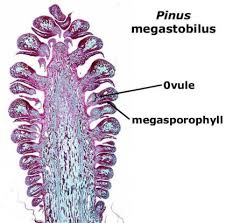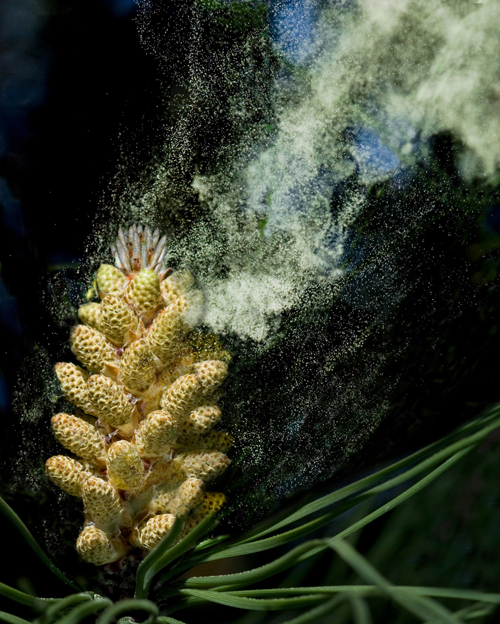EXERCISE 4 EVOLUTION OF THE OVULE: GYMNOSPERMS
1/8
There's no tags or description
Looks like no tags are added yet.
Name | Mastery | Learn | Test | Matching | Spaced |
|---|
No study sessions yet.
9 Terms
Seed
It is the synapomorphy for the spermatophytes (gymnosperms and angiosperms) which separates them from the rest of vascular plants.
embryo; nutritive tissue; seed coat
The seed comprises an ___________ surrounded by ______________ and enveloped by a _____________.
gymnosperms; carpel
The ____________ are segregated from the angiosperms by having ovules/seeds not enclosed by a _________.
megasporophylls

The ovules/seeds are instead borne on surface of a leaf-like structure or ___________________ which could be variously modified scales, bracts or fleshy receptacle.
haustorial pollen tube; anemophilous; endosperm; vessels; resin canals; truss; unisexual

Other unifying characters include ___________, mostly _____________ pollination, utilization of primary _________, typical absence of ___________ in secondary wood, presence of ___________, and the reproductive organs borne on ‘_________’ (modified axis) that are typically reduced to pollen sacs and ovules arranged in a _________ strobili — although exceptions can be found
unisexual
Notably, when ‘flower’ is interpreted as a short shoot with specialized leaves (Glover, 2007), logic implies that gymnosperm cones could also be described as a flower, though the organization of the cone is ________ (Ronse De Craene, 2010).
monophyletic; paraphyletic
Analyses of morphological and molecular data showed that extant gymnosperm taxa are clearly ____________, but are considered ______________ when synthesized with numerous and diverse groups of related fossils (e.g. pteridosperms, Bennetittales, etc.)
living fossils
Likewise, paleobotanic records show that gymnosperms have relatively well-conserved morphological features exemplified by the numerous species considered ________________ (e.g. Ginkgo, Wollemia, Welwitschia).
At the end of this module, you should be able to:
identify and classify representative species gymnosperms by examining the different morpho-anatomical structures;
visually illustrate the relationships of gymnosperms, and
know their ecological significance and economic importance
At the end of this module, you should be able to:
________________________________________
________________________________________
________________________________________